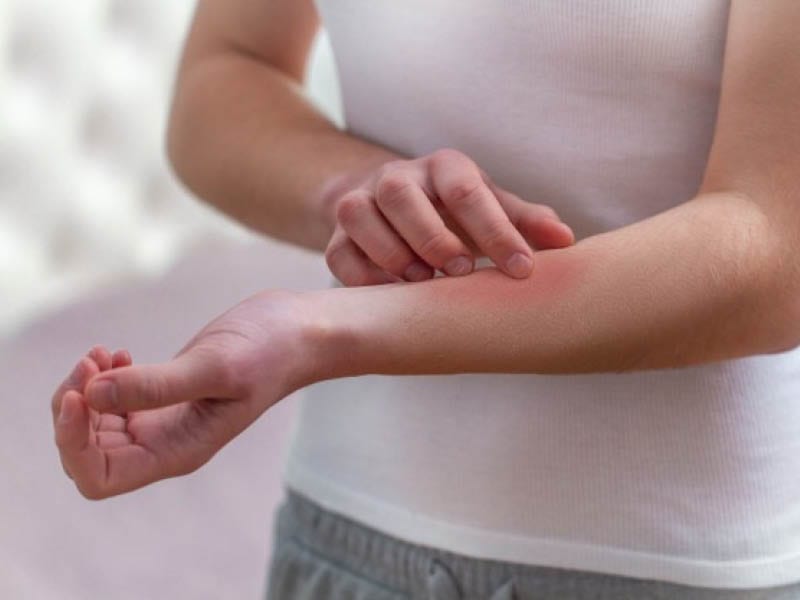Vata dosha is a part of the life force that can be found in an individual. Since birth, every human being is born with a unique combination of doshas i.e. the life forces, namely Vata, Pitta, and Kapha. This constitution is an integral part of Ayurveda medicine and is often known as an Ayurveda type.
It is believed that vata dosha contains the properties of elements like ether and air. Vata controls more or less all movements in your mind as well as your body. Apart from controlling nerve impulses, it’s also responsible for blood flow, elimination of wastes, breathing, and the movement of thoughts across your mind.
Important Characteristics Of Vata Dosha
People with a dominant vata are generally enthusiastic, creative and light. You can easily identify whether you have vata dosha if your spirits are high and you’re quick-witted or open to new experiences. Apart from this, other characteristics include:
- The stature of a person with this dosha can be defined as delicate and sinewy, similar to that of marathon runners or models
- Vata people have thinner skin, fuzzy hair and tooth irregularities. Their eyes are small and move rather quickly back and forth
- In the summer, the sun tends to tan the vata types to brown, which leads to further damage to their skin, which is already prone to early ageing. Home remedies for skin care are great, but here’s the best tan removal cream for when you absolutely need it.
- Vata dominant people are known to love music and dance. They can relax well when listening to classical music
- They enjoy warm and gentle oil massages and can forget themselves and the world in the process
- A cosy environment and soft fabric clothing such as silk and silk-wool blend on the skin provide basic inner balance. Their rooms should emit warmth and comfort. An easy chair or sofa with cover helps them relax quickly
- Their spontaneity sometimes leads to people with a dominant vata to make rash decisions and meaningless expenditures
- On the other hand, if vata types live in equilibrium, they turn out to be vibrant, friendly and creative beings for their entire life
- They are closely connected to your spiritual self, which makes meditation easy for you only if you take time out for it
10 Critical Causes & Symptoms Of Vata Dosha

Now that you have understood the vata dosha meaning clearly, you know that it is responsible for the flow and motion in your body and mind. You can consider the following points to be the vata imbalance symptoms that the vata dosha causes:
- Your skin is dry rough or thin
- You’re underweight
- Your mind is constantly in a whirl
- You worry unnecessarily
- There’s a constant feeling of restlessness or agitation
- You suffer from insomnia
- You often experience constipation
- You’re experiencing forgetfulness
- There is discomfort in your joints
- You are easily fatigued
If you’ve experienced most of these above-mentioned points then you are undergoing vata imbalance symptoms and you clearly need to balance it out.
How Do You Balance Your Vata?
Until now you’re completely aware of what is vata and to balance it you would need to change your diet and routine accordingly. Some helpful tips and home remedies include:
- Prepare a paste by mixing haldi powder with honey. Have one spoon a day and that shall do the trick.
- Add ¼ tablespoon of cinnamon to a warm glass of milk and have it twice a day. It is believed that warm milk with herbal spices is beneficial and affects rapidly on your body.
- You can include herbs and spices in your meal like lehsun (garlic), amchur (dry mango powder), hing (asafoetida), laung (cloves), dry basil, mustard seeds, poppy seeds, and kesar (saffron) that increase heat in the body for digestion.
- Add a teaspoon of garlic paste in soups and Vegetables. Lehsun helps in balancing vata dosha.
- Dairy products and sweets should be used in moderation to balance vata.
- Brahmi (Bacopa monnieri) can be used to make herbal tea that balances your vata.
- Add ¼ teaspoon of Ashwagandha to warm milk. Have it twice a day. Ashwagandha is considered to have amazing properties. Apart from being an adaptogen, it helps in managing stress, lowers blood sugar level and controls symptoms of anxiety and depression.
- Include adrak (ginger) and jaiphal (nutmeg) with garlic in your daily meal to improve the vata imbalance.
- Avoid junk food and include more natural foods like fruits and vegetables in your diet.
External Vata Dosha Treatment
After being aware of the symptoms and importance of a balanced vata, we need to be aware of the vata dosha treatment. Vata is considered to be the king of all doshas, thereby to keep it balanced would mean the Pitta and Kapha too would be in equilibrium.
- Wear warm and layered clothes.
- Avoid going empty stomach or fasting for too long.
- Regular steam baths help in the vata balance.
- Get regular body and head massages.
- Try mild purification procedures including Basti or Vamana.
The above five points are very useful dosha treatments and great home remedies for vata dosha. You can easily notice the difference once you include the above in your daily routine.
Key Takeaways
To know the meaning and the characteristics of vata dosha is really important in order to treat it. Before jumping into any conclusions and trying out any treatment on your own, you must be aware of the causes. So, from the above piece of information the key takeaways are as follows:
Adopt & Follow A Seasonal Diet
It is really important that your diet includes seasonal items. Increase the amount of salt, sugar, sweet, and whole foods in your diet. Add pumpkin, avocados, cashews, nuts and several seasonal vegetables and fruits in your diet from time to time. Black pepper, cardamom, and ginger prove to be beneficial spices in vata dosha treatment.
Stick To A Regular Schedule
Just following a diet once in a while will not help you. You need to have proper scheduling which includes – ample amount of sleep, exercise and a balanced diet.
Incorporate Meditation
It is very important to calm your mind, body, and soul. It can never be enough to emphasise that Yoga and meditation have been helpful in a lot of treatments. If you cannot exercise much, do brisk walking, and meditate for at least 10 to 15 minutes a day.
Apart from the above, there are several body purification packages available that help in the balance of the doshas. In such treatments, the doctors and therapists focus on traditional Indian remedies like usage of Ayurvedic herbs, ghee and oil. This Panchakarma therapy allows your body to be regenerated and provides relief. Are you suffering from vata dosha? If so, tell us in the comments below if the above home remedies turned out to be helpful.

